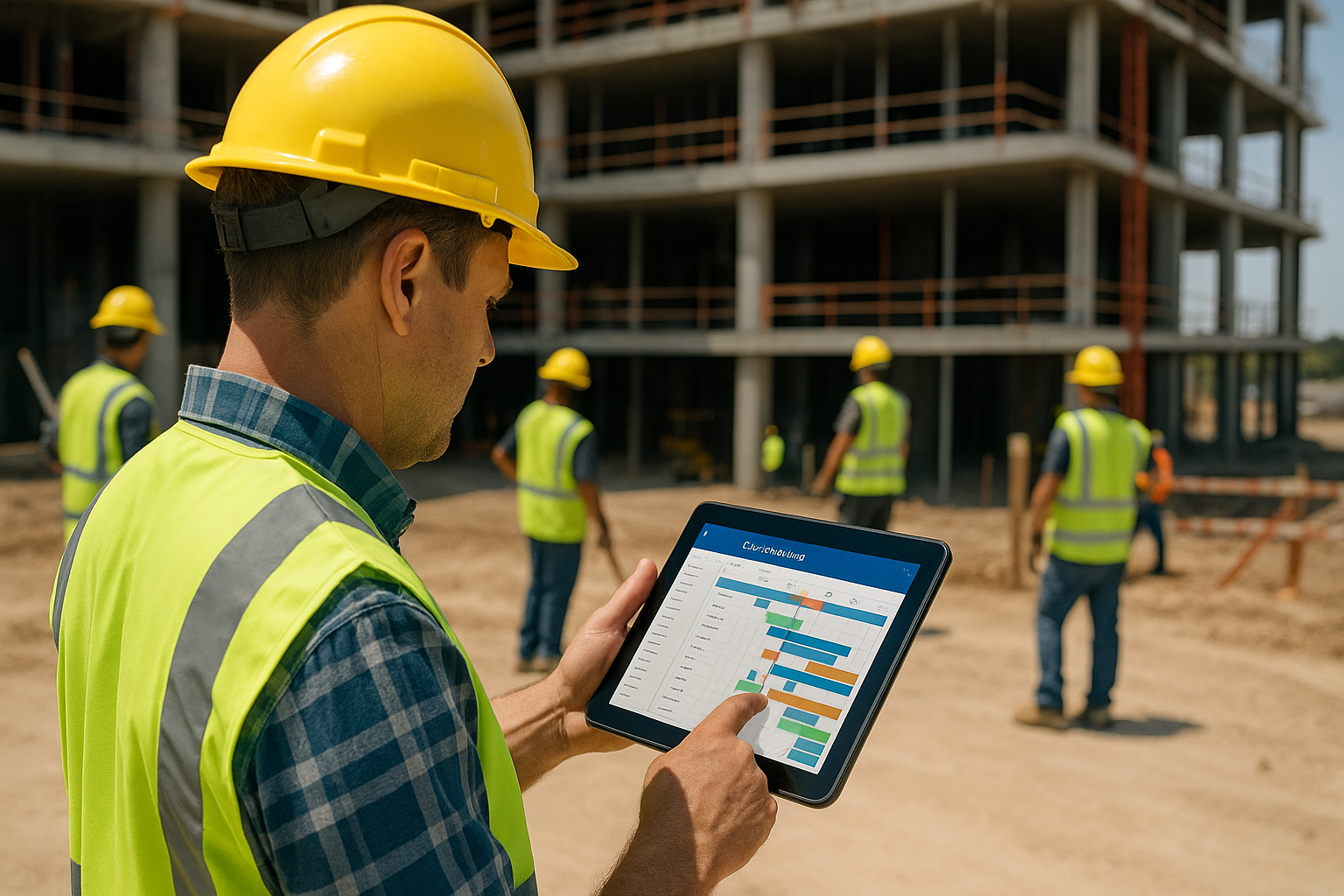Bringing Your Vision to Life With BIM, Building Information Modelling

There is an old expression you might be familiar with that goes something like this: “work smarter, not harder.” We believe that the increasing use of Building Information Modelling, (BIM) around the world is the epitome of putting this message into practice. That’s because BIM facilitates real time collaboration across the multi-disciplinary decision makers involved in the design, planning, construction and daily functioning of a building. Where there is collaboration there is communication, and where effective communication exists, there are potentially fewer conflicts, and an opportunity to both reduce costs and increase safety. BIM brings your vision to life before a shovel ever hits the ground while ensuring that when ground-breaking takes place, it’s with a technology that is breaking new ground when it comes to building better buildings.
What is Building Information Modelling?
Building Information Modelling in simplest terms “integrates structured and multi-disciplinary data” to create a digital representation of an asset across its life cycle, from planning to construction to end result. Using tools like 3D laser scanning and drone technology, BIM helps to form a three-dimensional model of your build project, one that everyone can see in real time. From Architectural, Engineering and Construction (AEC), to the trades, to the municipal planners and decision-makers approving a project, everyone has access to the same information, even when that information changes.
Who is using BIM and How?
We know that the future of BIM will continue to expand exponentially because we already know who is currently using it! The research is clear and forecasts indicate that massive growth in BIM use will continue beyond 2024. With many countries worldwide already mandating its use, that too will help to secure its future. Let’s look at some of the stats:
- AEC firms are widely using BIM.
- Current predictions suggest that by 2024, close to 70% of all contractors in the US and almost 90% of architectural and design firms will be using BIM on their projects… and those numbers are virtually mirrored by both civil and structural engineering firms.
- If you’re still undecided, remember that 2024 is only two years from now!
- The list of countries who have already mandated – or who are planning to mandate BIM use – includes the US, Australia, much of South America, as well as Japan and a number of European countries and Baltic states.
- With further ongoing discussions and white papers being written about the importance of finding universal software applications to ensure consistency, it’s really only a matter of time before BIM becomes commonplace, not the exception.
As noted above, BIM facilitates working effectively and efficiently by facilitating real time collaboration. This means that during the design and planning stages potential problems are identified early in the process and corrective measures taken. As an example, “conflict, interference, and collision detection (is avoided) because building information models are created to scale in 3D space, (meaning) all major systems can be instantly and automatically checked for interferences.” Using BIM could verify that piping does not intersect with steel beams, ducts, or walls during the design and 3D modelling process and ensuring that design specifications meet both industry regulations and municipal by-law standards because everything can be seen and approved in real time.
Additional improvements come from cost accounting estimates that are more accurate and where opportunities for efficiencies have been identified. Onsite scheduling of trades (work flow management) is streamlined resulting in plenty of potential cost savings and most certainly, it has been shown that BIM enhances the ability of everyone on the job site to work safely, resulting in fewer health and safety incidents and/or workplace accidents. Finally, on an ongoing basis, upon building completion, facilities procurement is made easier with “live” accurate tracking of all equipment, tools and piping behind the walls – in some cases right down to makes and model numbers – making planning ahead for renovations or initiating repairs that much more efficient.
In a report as far back as 2007, Stanford University’s Center for Integrated Facilities Engineering completed a data collection study of 32 major projects and reported the following “benefits of BIM” including:
- The elimination of up to 40% in unbudgeted changes
- A finding of cost estimation accuracy to be within 3% as compared to traditional estimates
- Close to an 80% reduction in the time it traditionally takes to generate a cost estimate
- A savings of up to 10% of the contract value through “clash detections”
- An overall finding of up to 7% reduction in total project time.
Were such a study to be completed today, we have every confidence these findings would reflect similarly or will have improved significantly. We believe therefore, the greater argument concerning the use of BIM is not whether you should be using it but rather, why aren’t you? Building Information Modelling won’t just allow you to work smarter not harder, but also ensures every single discipline involved in the design, build and construction process will as well. Bring your vision to life with BIM and do it safely, saving time and money too.
*Brought to you by Plexxis Software: Offering software solutions for the construction industry that integrates cloud, mobile and on-premise software to improve and enhance team performance.



